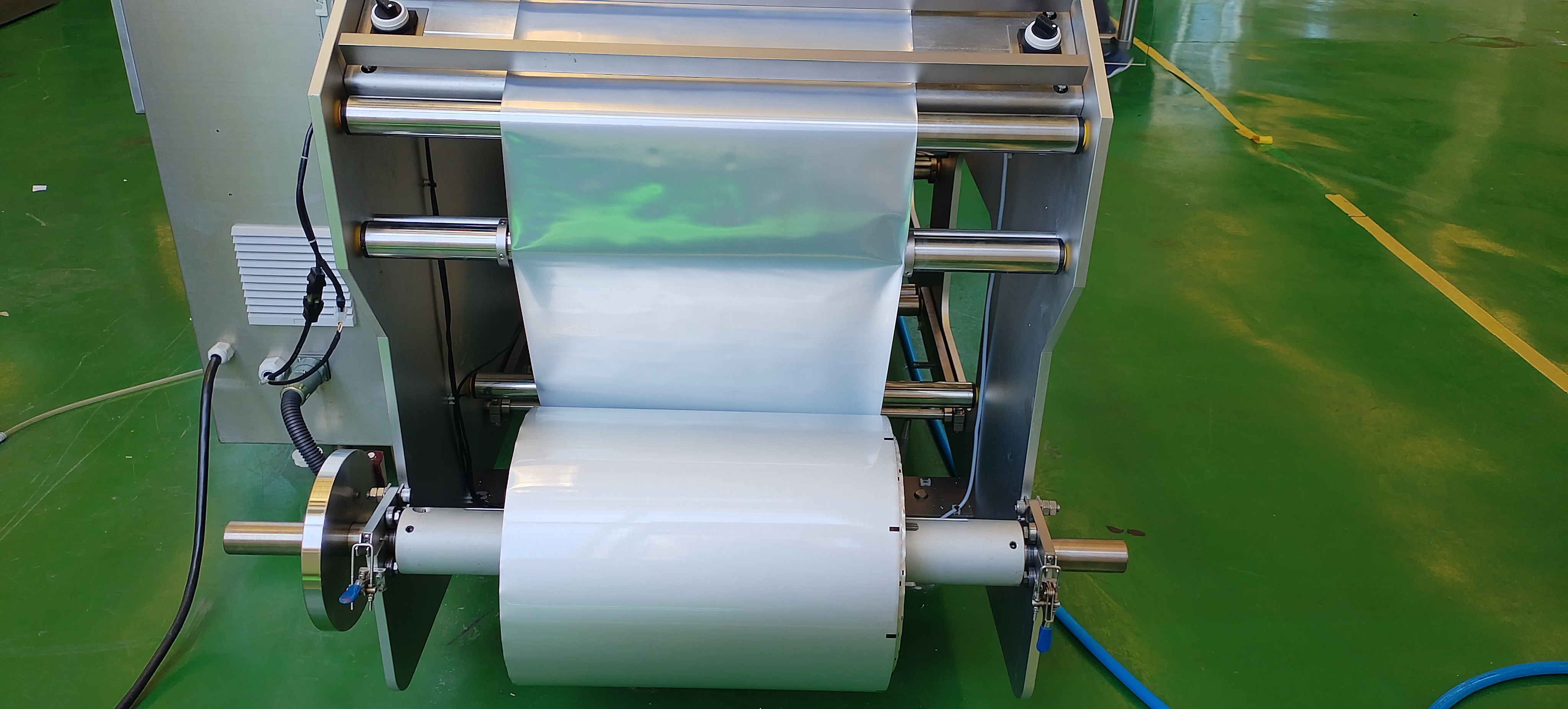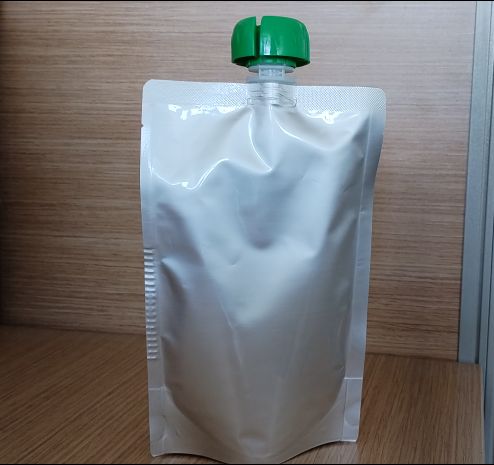"How much does a stand up spout pouch filling machine really cost?" This is one of the most pressing questions for businesses exploring this efficient packaging format. The answer isn't simple – prices range dramatically from $20,000 to over $500,000. Understanding the factors driving cost and calculating a realistic ROI is essential.
1. Breaking Down the Price Spectrum
-
Semi-Automatic Machines ($20,000 - $70,000):
-
Pros: Lower entry cost, simpler operation, good for lower volumes (< 30 PPM), startups, or niche products.
-
Cons: Higher labor costs (manual pouch handling), lower output, limited integration.
-
-
-
Automatic Machines ($70,000 - $250,000+):
-
Pros: High speed (40-120+ PPM), automated pouch feeding/filling/capping/conveying, significant labor reduction, better consistency.
-
Cons: Higher upfront cost, requires integration space/planning, potentially longer setup.
-
-
-
High-Speed/Aseptic Machines ($200,000 - $500,000+):
-
Pros: Ultra-high output, sterile filling capability (essential for dairy, nutraceuticals, medical), maximum automation.
-
Cons: Very high capital investment, complex operation/maintenance, stringent facility requirements.
-
-
2. Key Factors Influencing Machine Cost
-
Automation Level: The biggest cost driver. Adding automatic pouch feeders, cap sorters/placers, leak testers, and case packers increases price.
-
-
Filling Technology & Accuracy: Net weight fillers > piston/auger > volumetric. Higher precision demands higher cost.
-
-
Pouch Format Flexibility: Machines handling a wider range of pouch sizes/materials/spout types cost more.
-
-
Construction & Components: Food-grade stainless steel, servo motors, premium PLC/HMI systems, CIP capabilities add cost.
-
-
Brand & Origin: Established European/North American brands typically command higher prices than some Asian imports (consider long-term support).
-
-
Customization: Tailoring for unique spouts, products, or integrations adds expense.

3. Calculating Your ROI: Beyond the Price Tag
Justifying the investment requires analyzing Total Cost of Ownership (TCO) and Return on Investment (ROI). Key savings/benefits include:
-
Dramatic Labor Reduction: Automating filling, capping, and handling can reduce labor needs by 50-80% vs. manual/semi-auto. Calculate hourly wage savings.
-
-
Increased Production Output: Higher speeds mean more units shipped/sold per shift. Quantify revenue potential.
-
-
Reduced Product Waste: Precision filling minimizes giveaway. Savings = (Reduced overfill per pouch) x (Number of pouches).
-
-
Lower Packaging Material Waste: Automated systems handle pouches more consistently, reducing jams and rejected pouches.
-
-
Improved Quality & Fewer Returns: Consistent filling/sealing reduces leaks and product spoilage, protecting brand reputation.
-
-
Enhanced Safety & Ergonomics: Reduces repetitive strain injuries from manual tasks.

ROI Formula Simplified:
ROI (%) = [(Net Savings per Year - Machine Cost) / Machine Cost] x 100
Net Savings = Labor Savings + Material Waste Savings + Increased Revenue - Operating Costs (Maintenance, Energy)
While the upfront cost of a stand-up spout pouch filler can be significant, particularly for automatic models, the long-term ROI is often compelling. Focus on automating high-labor tasks and reducing waste.
Request detailed quotes including potential operational savings specific to your production volume and labor costs to build a solid business case.





